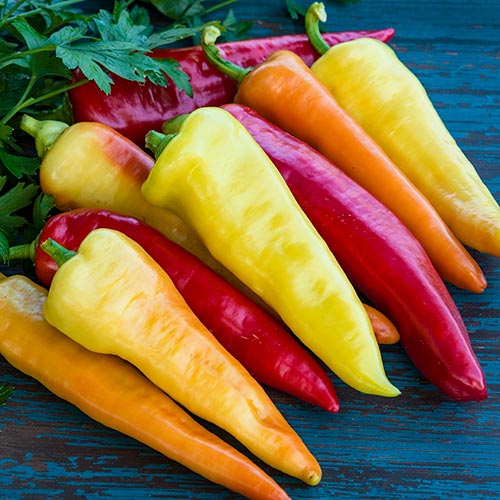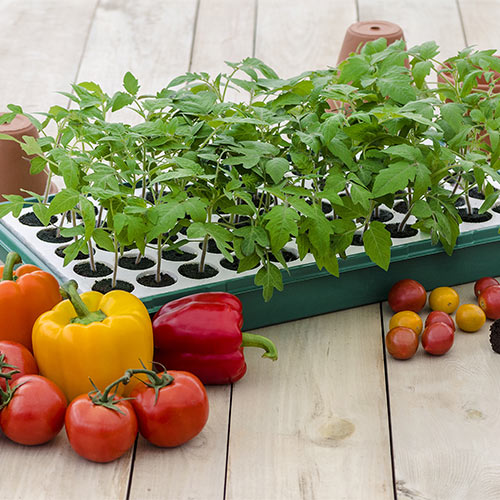You’ve your seeds sprout, grow true leaves and get taller. In your controlled environment, your seedlings have enjoyed a relatively stress-free life, protected from the heat, cold, wind and rain. Without elemental exposure, your little seedlings lack the hardiness to be successfully transplanted; but you can change all that by starting the hardening-off process on your own.
Tag: seedlings
Sowing Your Own Seeds – Part III
Now that the plant has sprouted and gone through the food supply provided by the seed itself, you’re responsible for feeding the burgeoning baby plant. You should feed your seedlings one-quarter strength plant food. If the solution is too strong, it will burn the baby plant. Use room temperature water when you are watering your plant.
Sowing Your Own Seeds – Part II
To sprout, most seeds prefer a temperature between 70 and 85 degrees (for specific temperatures, see the back of your seed packet). Seeds can be kept in any place that offers warmth. Windowsills can also work, but be sure to check them for drafts that could potentially end your seedling’s short life.



